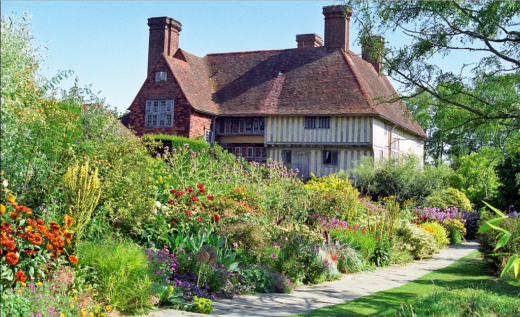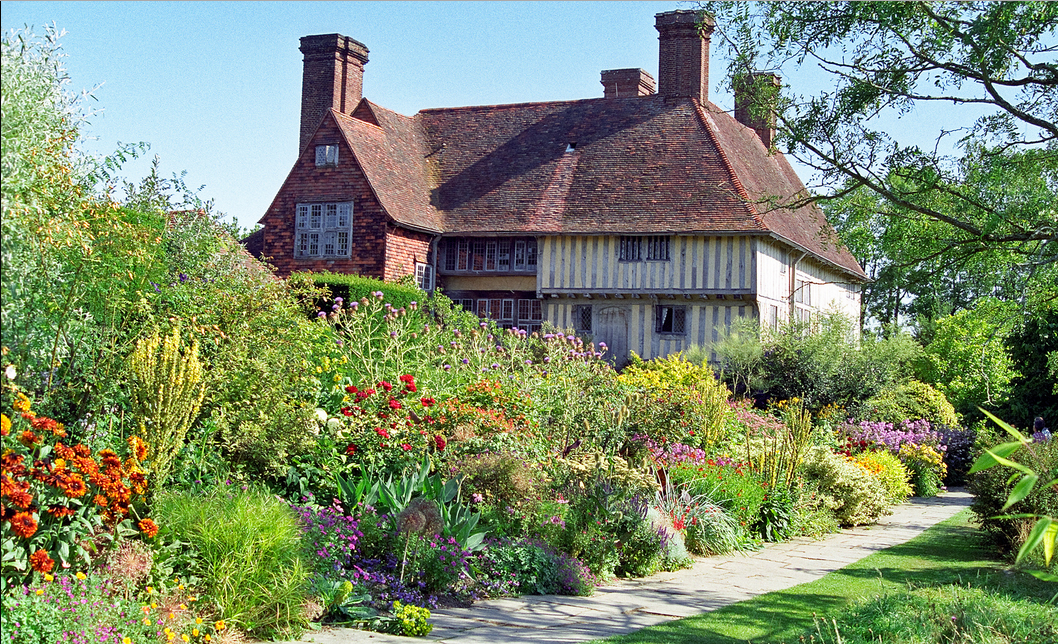
Hello,
Today we’re going to take a look at the different keys to creating an English Garden, and the secrets to making it a success.
A counterpoint to the French garden, the English garden really came into its own in the 18th century.
The basic principle of the English garden is to imitate wild nature and to exalt the poetry of the place.
For this reason, the English Garden should not be regular and geometric, but winding. It’s designed to allow you to discover bucolic scenes and viewpoints as you stroll along the impeccably manicured lawns. Nature abounds in mixed-borders, otherwise known as beds or flowerbeds, impeccably manicured but wild-looking.
Rules for a successful English Garden :
The queen of the English garden, the Rose is omnipresent: whether as a bush, a climber or a liana in the tall trees typical of this style of garden. Old-fashioned, fragrant Rose varieties are preferred and are mixed with other plants to achieve a natural look.
Next, integrate numerous groups of shrubs, bushes and perennials (=pluriannuals) with generous, alternating blooms, so that there are always patches of color that catch the eye, as would be the case in a naturalist painter’s canvas.
Fill empty spaces with exuberantly flowering annuals.
In your sinuous beds, plant according to plant height, with the tallest plants at the back, followed by medium-sized plants, and finally low plants in the foreground. Plant a sufficient number of each species (at least three), to create sets of matching colors.
In fact, despite its wild appearance, the English garden is highly sophisticated and requires a great deal of maintenance to keep it looking its best.
The lawn must always be impeccable, with neat edges and flowerbeds free of weeds and wilted flowers. The gardener has to spend a lot of time on it, but his work has to be as inconspicuous as possible, unlike the French garden.
